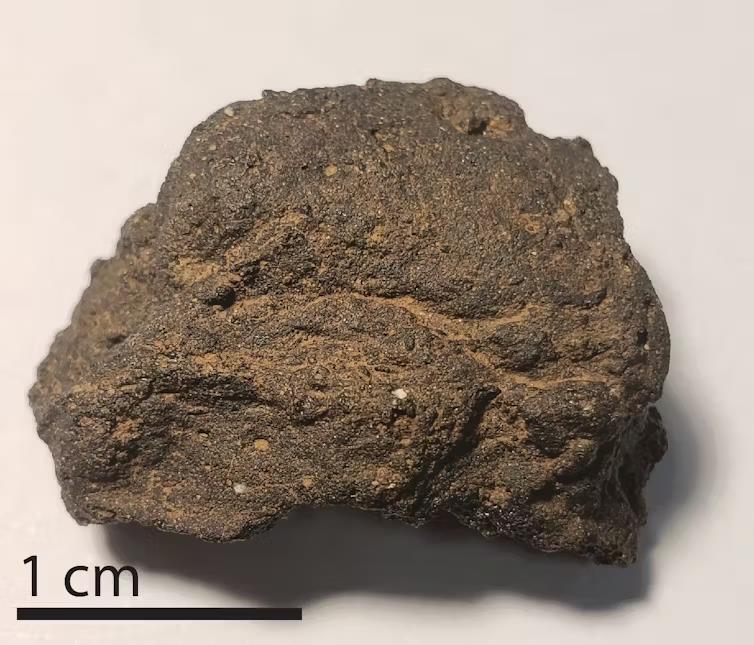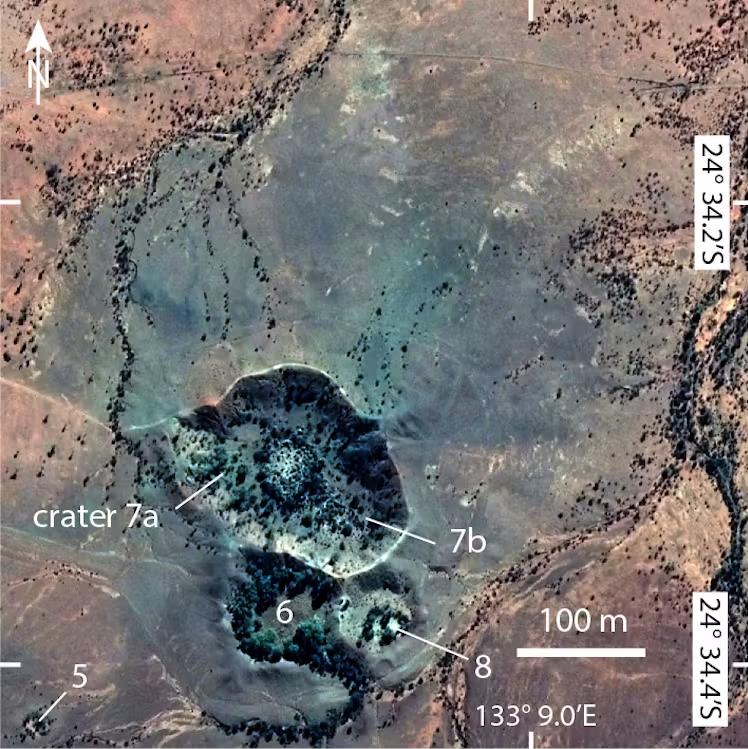A Planet’s Core Has Fallen into Australian Waters?

Did you know that scientists have discovered fragments of a broken planet’s core in Australia? This incredible finding sheds new light on the mysteries of our universe.
Unveiling the Remarkable Discovery
The team led by geologist and planetary scientist, Dr. Aaron Cavosie from Curtin University in Australia, has collected unique glass fragments that potentially hold a part of a shattered world. These fragments were found in the Henbury Crater region, a system of primary and secondary impact craters formed by a cosmic assault around 5,000 years ago.

Clues from the Depths of Space
The recovered meteorite fragments belong to the iron-IIIAB class and are remnants of a metal core from an ancient world that once existed. This world could have been a planet, a protoplanet, or a failed planetesimal floating in the stellar system like an asteroid.
What makes it even more fascinating is that the intense impact of this extraterrestrial core has led to a fusion of cosmic materials with Earth’s substances. The extreme temperatures, pressures, and other harsh conditions have created remarkable features never seen before.
Analyzing the Glassy Clues
Scientists employed laser beams to create tiny holes in the Henbury glass fragments, heating them to form hot plasma, which was then analyzed using mass spectrometry. The results published in the scientific journal Geochimica et Cosmochimica Acta reveal that the glass is composed of local sandstone and exhibits unusually high levels of iron, nickel, and cobalt.
These elements are believed to have been inherited from the aforementioned mysterious world’s core. Moreover, it contains traces of chromium, iridium, and other high noble metals, which are rarely found in most Earth rocks. This serves as another piece of evidence supporting the extraterrestrial origin of these glass fragments.
A Treasure Trove of Cosmic Insights
Although only 10% of this glass is from melted extraterrestrial material, it is a significant proportion for scientific research. To put it into perspective, during the impact that killed the dinosaurs, the extraterrestrial material accounted for only about 0.1% of the similar debris from the Chicxulub asteroid.
The abundance of extraterrestrial material in this special glass from Australia holds immense potential for scientists to unravel the workings and operations of another world’s core. While we cannot directly access Earth’s core, discoveries like this offer invaluable insights into its nature and formation processes since celestial bodies often undergo certain standardized procedures.
This groundbreaking finding not only expands our understanding of the universe but also emphasizes the interconnectedness and cosmic origins of our own planet.
